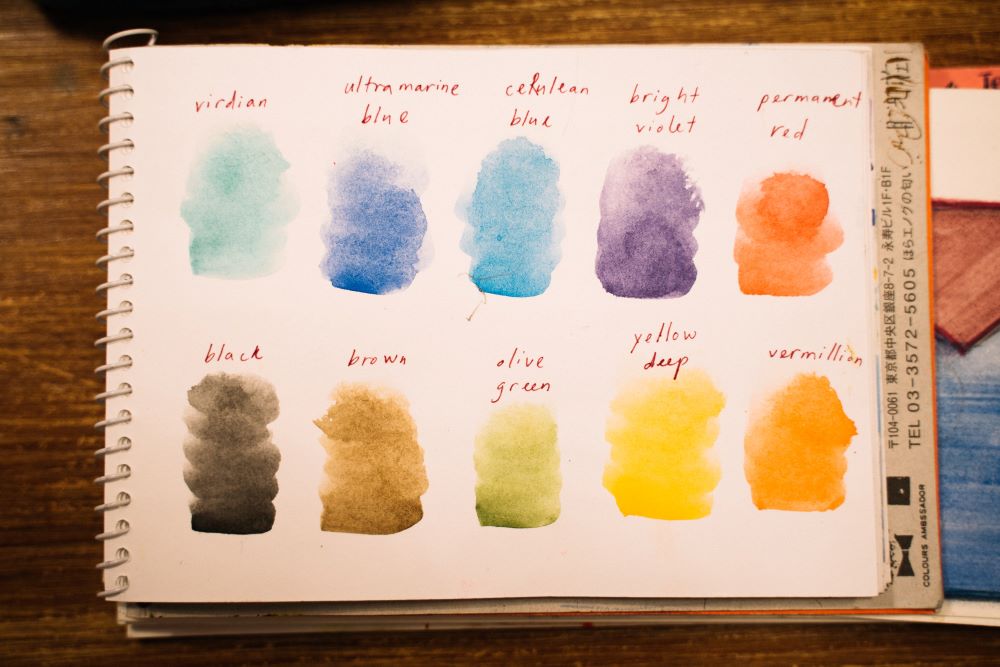A Detailed Step-by-Step Guide for Drawing an Eye
Gathering Materials
Pencil: Choose a medium-soft graphite pencil (e.g., HB or 2B) for initial sketching.
Drawing Paper: Opt for a smooth, heavyweight paper that can handle erasing and shading.
Eraser: Have a kneaded eraser for precise corrections and a regular eraser for larger areas.
Blending Tools: Keep tissues, cotton swabs, or blending stumps for smudging and blending graphite.
Sketching the Basic Shape
Start with a light outline of the eye’s basic shape. Visualize it as an almond shape with a slightly pointed inner corner and a rounded outer corner.
Divide the eye horizontally into three equal parts. The middle part will represent the iris.
Add a gentle curve above the eye to outline the eyebrow and a curved line below to define the lower eyelid.
Mapping the Iris and Pupil
Inside the iris area, sketch a smaller circle representing the pupil. It should be slightly off-center toward the nose.
Draw a second circle around the pupil, representing the outer edge of the iris.
Create radial lines extending from the center of the pupil to the outer edge of the iris to simulate the iris texture.
Shading and Adding Depth
Observe the reference or real eye for areas of light and shadow.
Gradually shade the pupil using a darker graphite pencil, keeping it darkest at the center and lighter toward the edges.
Use a lighter pencil to shade the iris, following the direction of the radial lines. Darken the outer edge slightly.
Shade the area around the eye, including the eyelids, to create depth and contour.
Adding Details
Refine the shape of the eyelids, adding subtle curves and thickness.
Sketch the eyelashes, starting from the upper and lower eyelids. Make them longer and more prominent towards the outer corner.
Add highlights to the eye by erasing small areas, and simulating reflections and catchlights.
Define the eyebrow using short, gentle strokes. Follow the direction of the hair growth.
Blending and Refining
Use a blending tool (tissue, cotton swab, or blending stump) to soften and blend the shading, making it more realistic.
Observe the eye as a whole, adjusting values, and refining details as necessary.
Take breaks during the process to view the drawing from a distance. This helps identify any errors or areas that need improvement.
Drawing a realistic eye requires patience, observation, and practice. By breaking down the process into manageable steps and paying attention to detail, you can gradually develop your eye-drawing skills. Remember, practice makes perfect, so keep honing your abilities by drawing various eye shapes and exploring different expressions.
